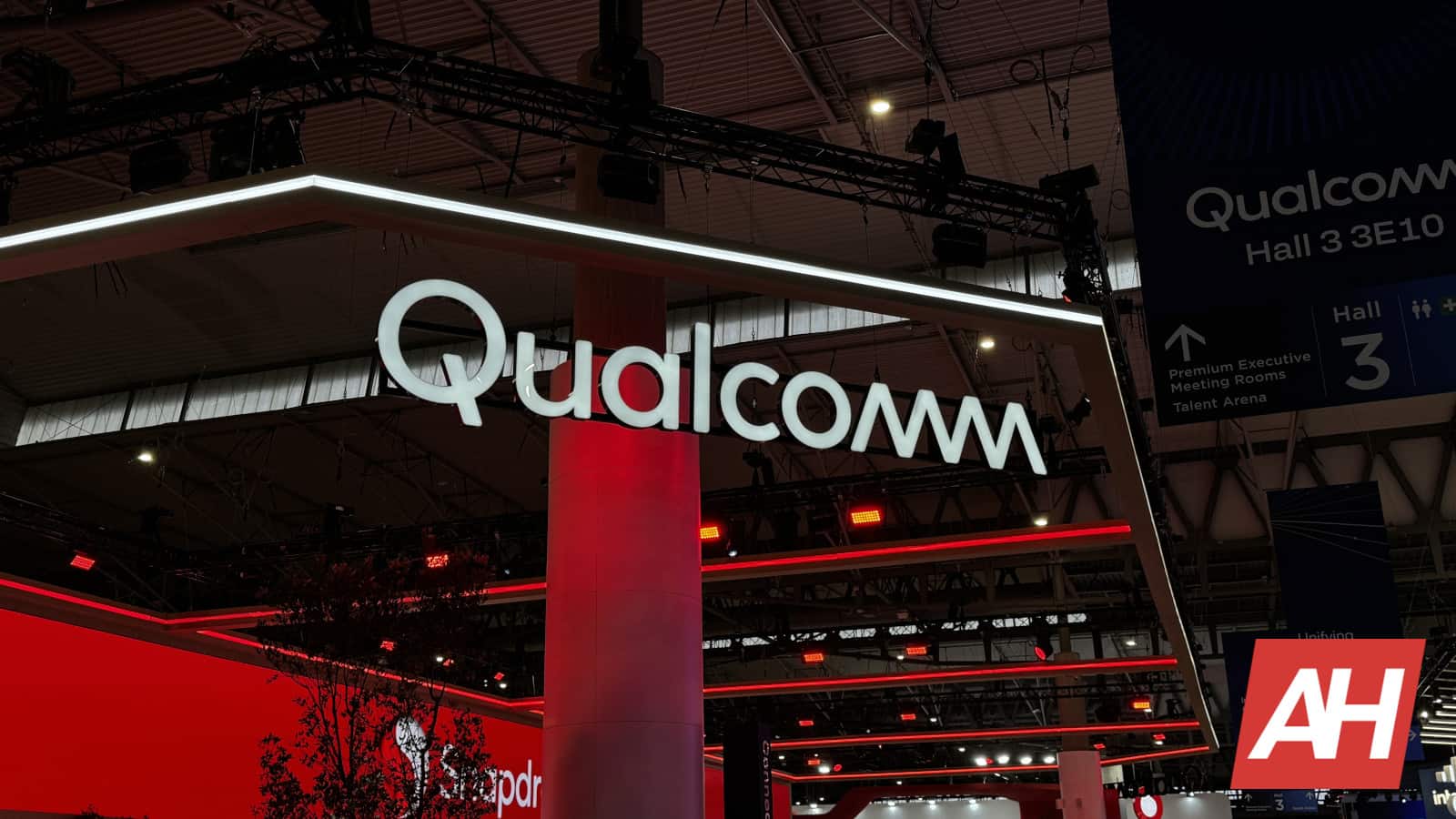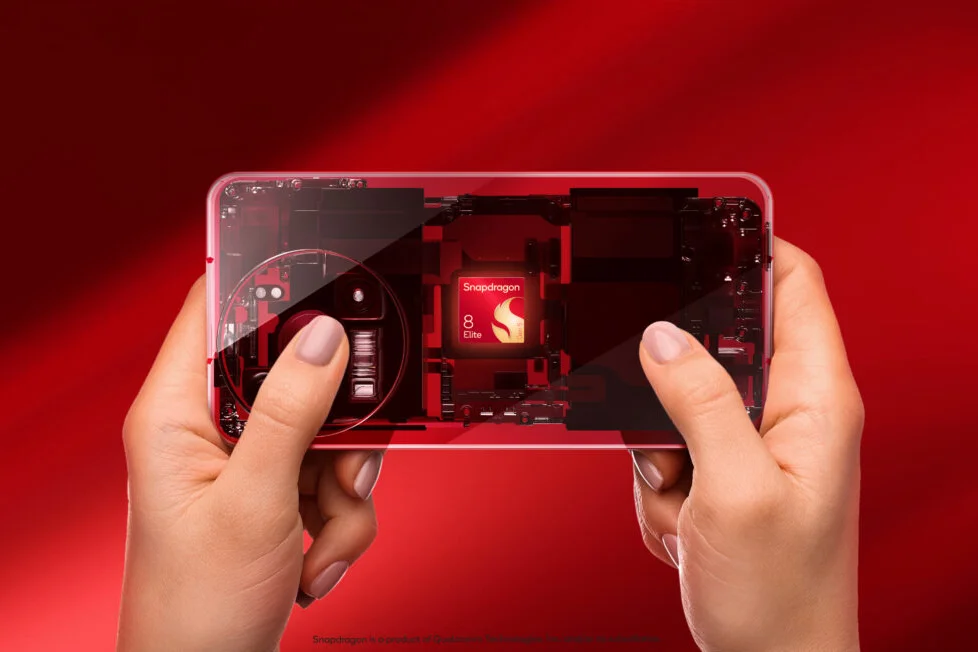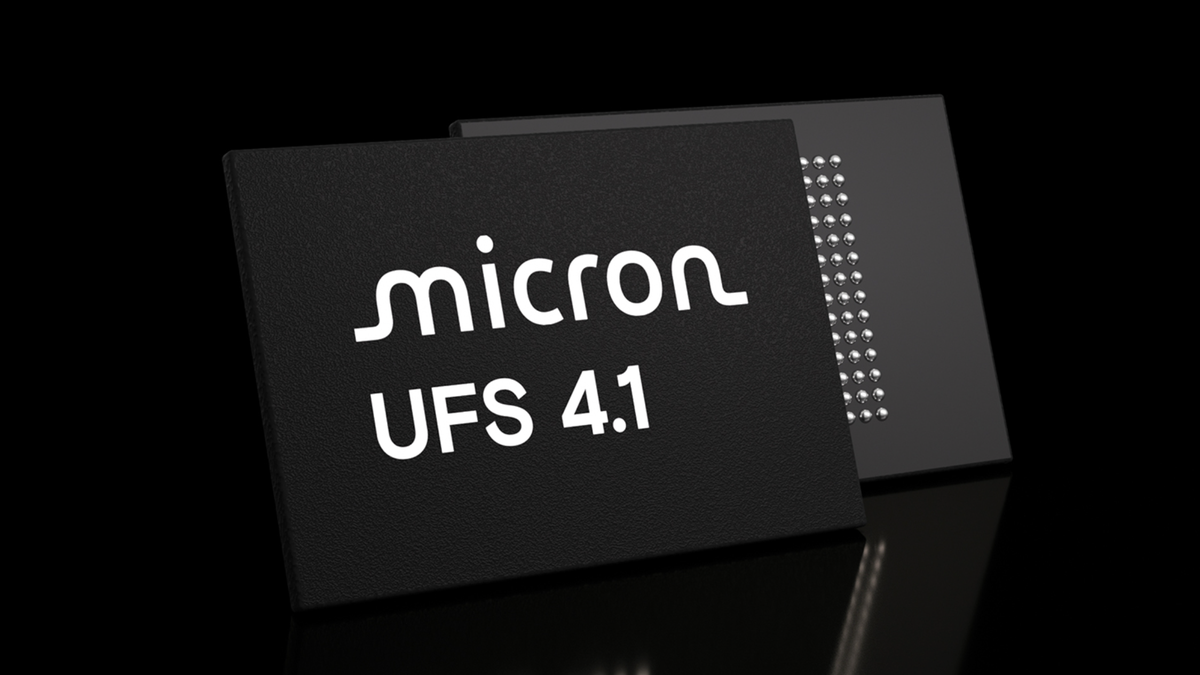
Qualcomm is reportedly implementing a strategic upgrade across its newest flagship chips for PCs and smartphones, shifting to the latest generation of Arm‘s foundational computing architecture, known as Arm v9. This transition aims to enhance the competitive positioning of Qualcomm’s chips against offerings from major rivals, particularly MediaTek and Apple. The move is especially key in the current scenario of rapid growth in the artificial intelligence sector.
The core motivation behind this move appears to be the need for improved AI performance. The Arm v9 architecture includes significant improvements specifically designed to help processors manage demanding AI tasks. These tasks can range from real-time chatbot interactions to efficient image generation. Most industry analysts already believe that both Apple and MediaTek use this technology in their current flagship mobile chips. So, Qualcomm’s adoption is essential for maintaining parity in the high-end market.
Qualcomm’s strategic shift to Arm v9 even after legal tensions
Qualcomm’s decision to embrace Arm v9 is noteworthy given the background of a recent and public legal dispute between the two companies. Less than a year ago, the licensing conflict escalated to the point where Arm briefly threatened to cancel a key license held by Qualcomm.
That threat was eventually rescinded after a ruling in favor of Qualcomm. That said, Qualcomm could have chosen to remain with the previous generation of Arm technology. The firm already did it with some chips announced last year. They could have even explored rival open-source architectures like RISC-V. By opting for Arm’s newest, more advanced technology, Qualcomm signals that it sees the performance advantage of the v9 architecture as critical for the future of its chip lineup.
As reported by Reuters, this move is beneficial for Arm. After all, the newer architecture typically commands higher licensing fees. Qualcomm, however, emphasizes that its internal CPU design team maintains control over the final product. The company states they choose only “the instructions that make sense for our customers.”
The importance of adopting new architectures
Arm’s instruction set architecture is a fundamental technology that dictates the types of applications a central processing unit (CPU) can run. By moving to the v9 standard, Qualcomm is making a critical investment in the future capabilities of its chips. This is especially true now when AI processing becomes a powerful performance differentiator.
The decision confirms that, despite licensing disputes and the presence of open-source alternatives like RISC-V (which is considered less mature with a smaller developer base), Arm remains the essential technology partner for maintaining a leadership position in the high-performance processor market.



